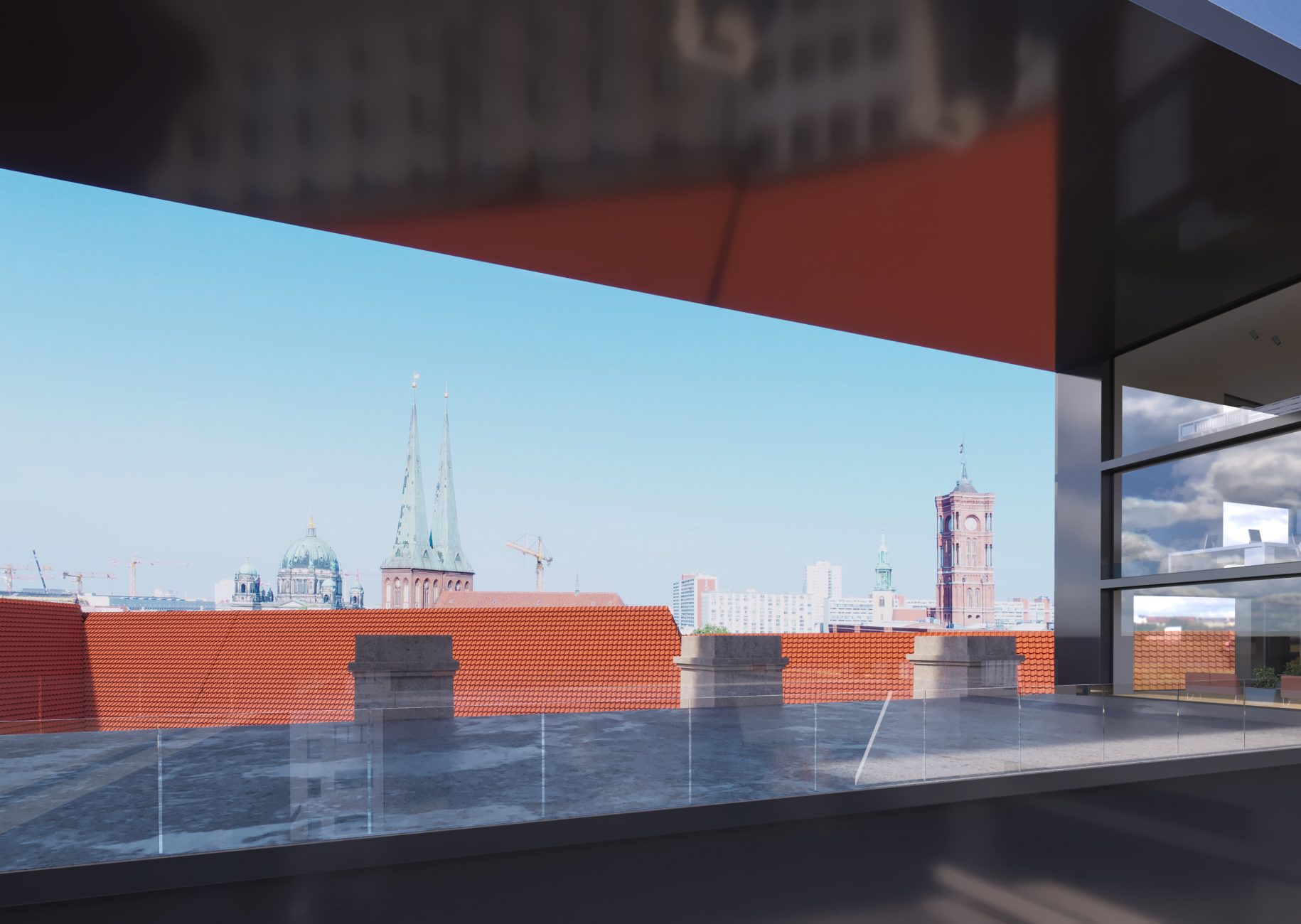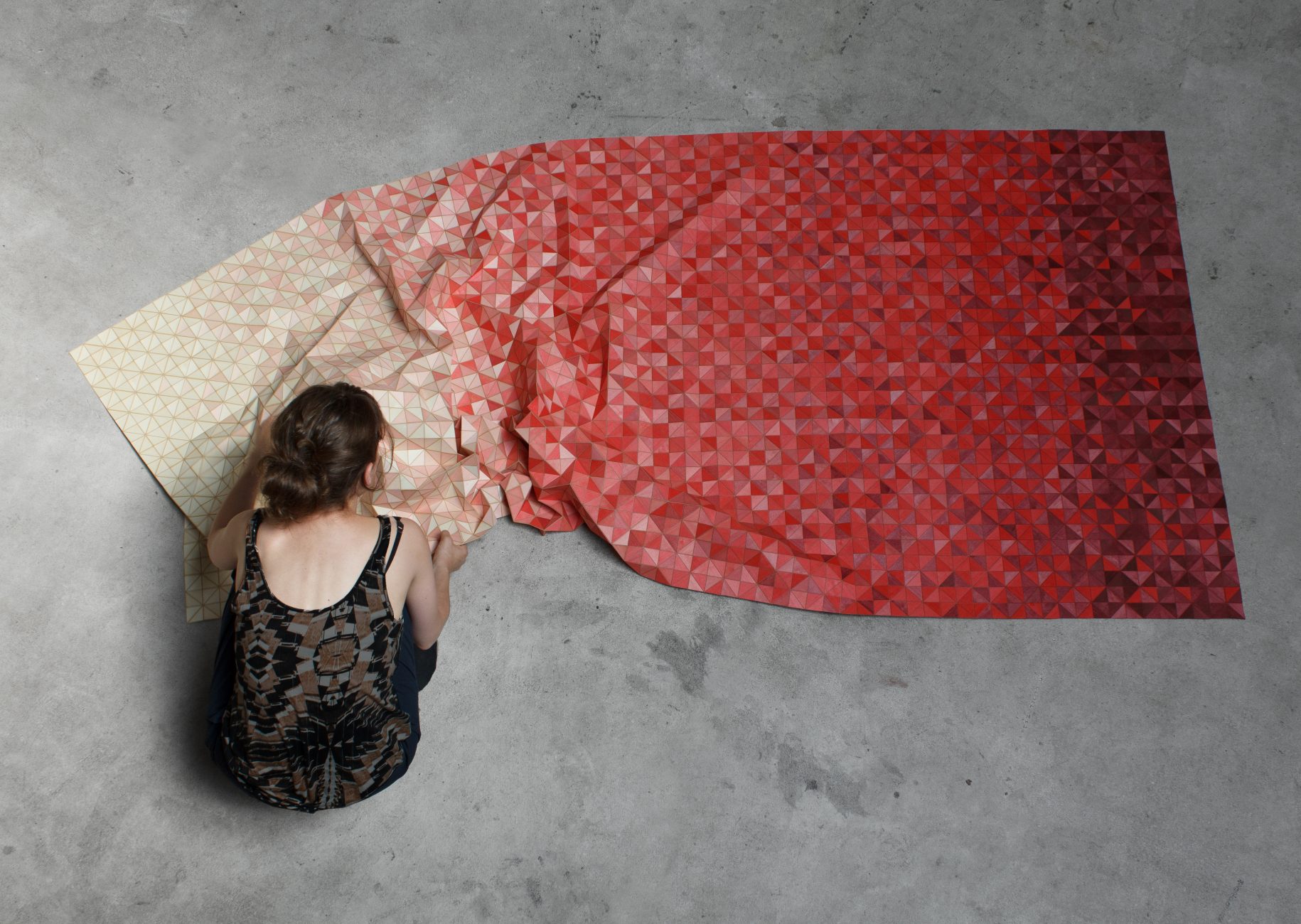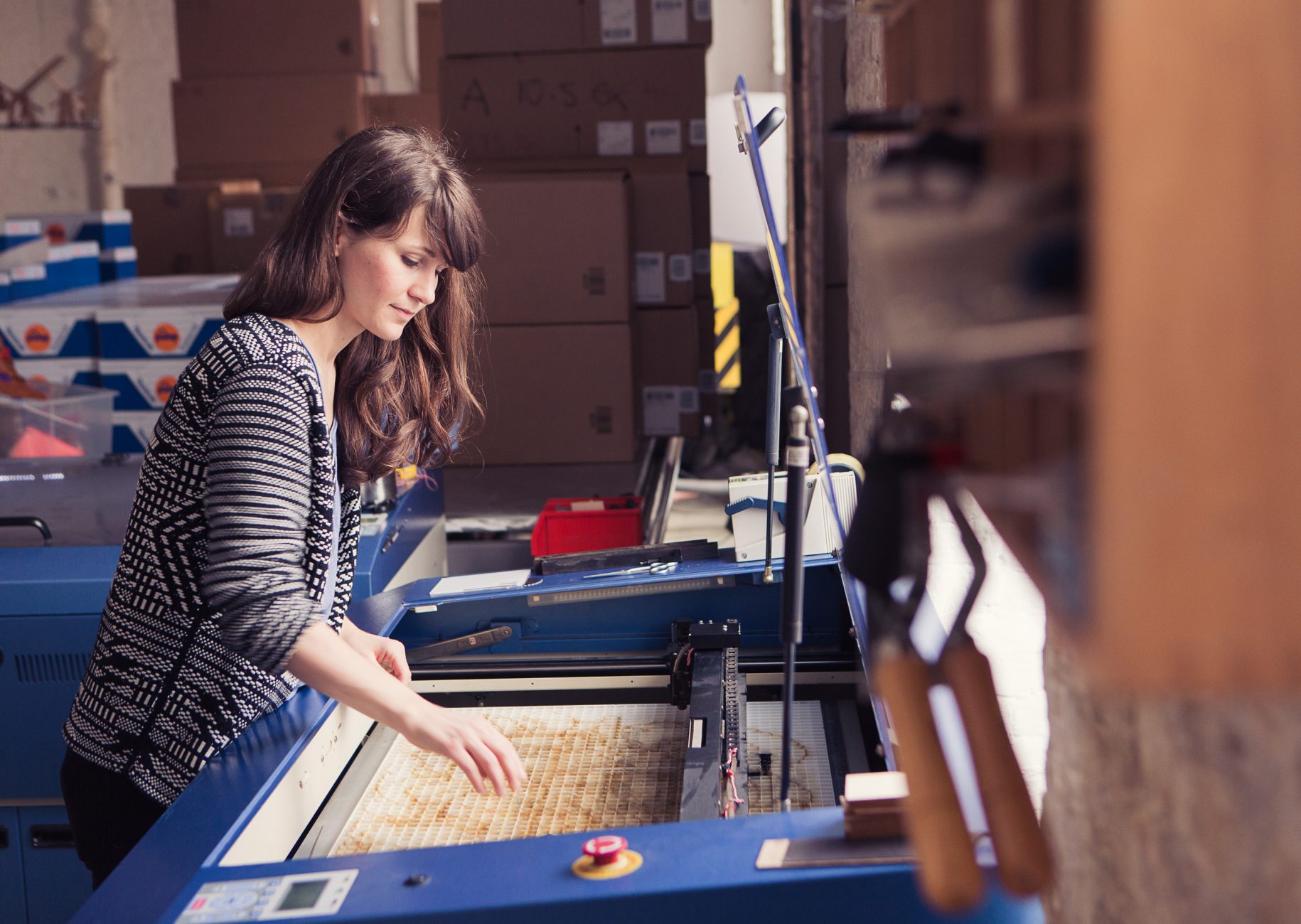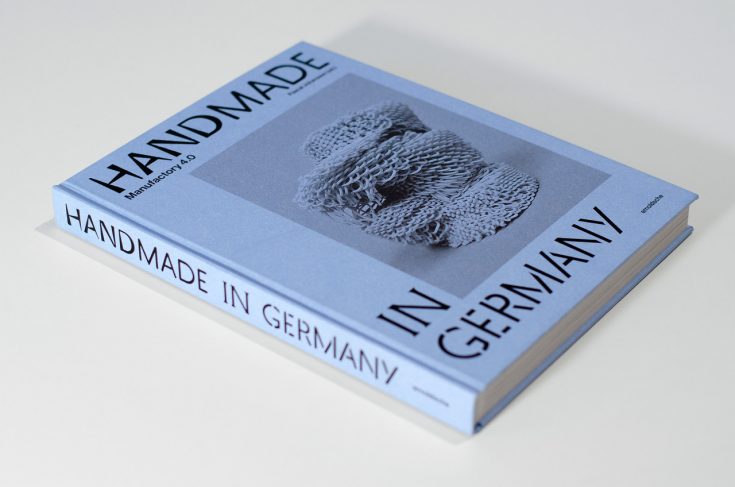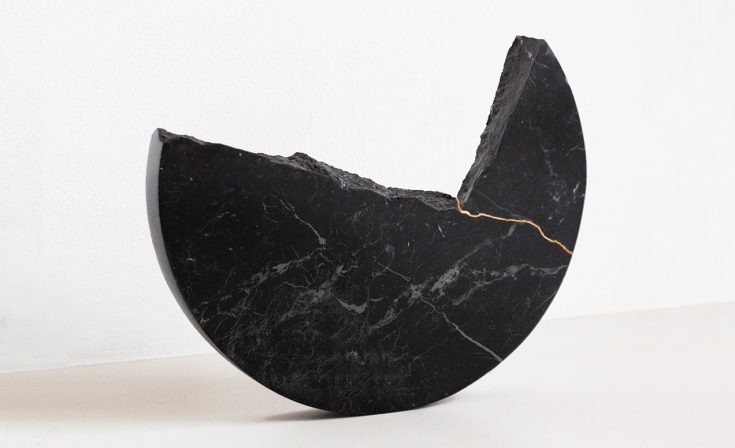Design Forum Berlin
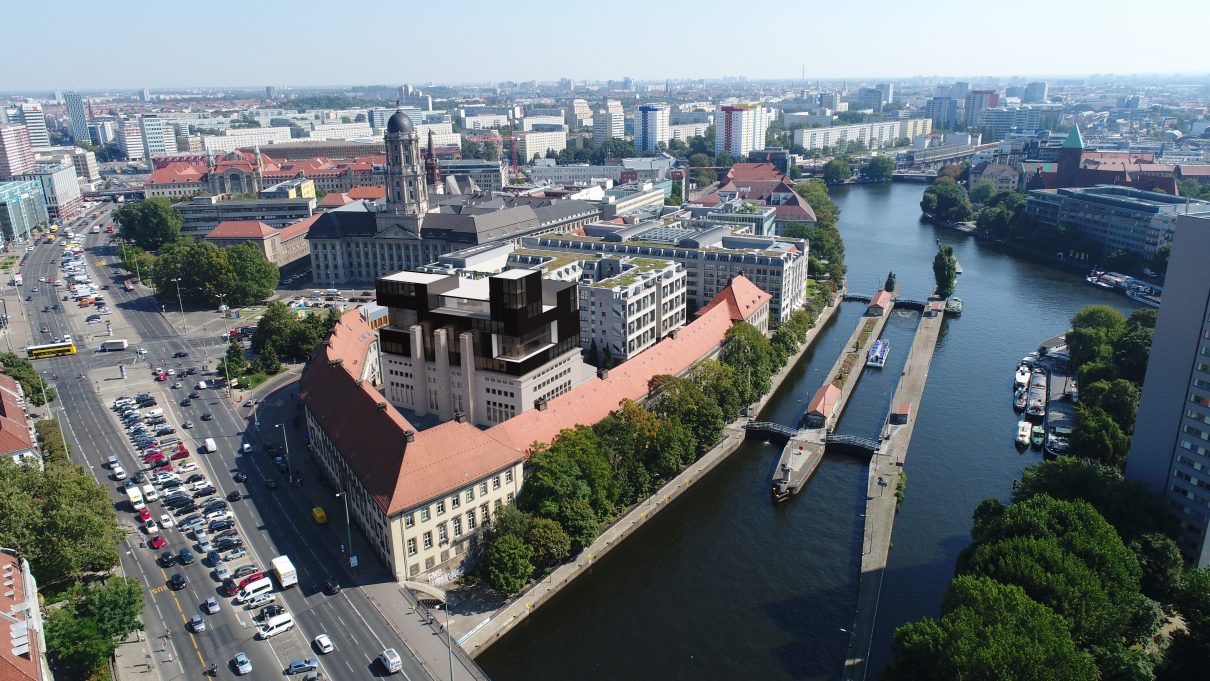
Blick auf das Münze-Oktogon, Entwurf von Axel Binder
The German Craft Council is pursuing the project of establishing a design forum in the centre of Berlin. The Design Forum aims to bring contemporary trends in handicraft, especially critical and conceptual design, closer to a wider public. In addition, these trends and developments are to be combined with existing concrete approaches to production and consumption: i.e. with manufacturing companies, manufactories and studios.
The Design Forum in Berlin
One is surprised that there is no central place for contemporary design in Germany. A central museum or a design area like in Vienna, Paris or London. This is all the more surprising since Germany has a long tradition in design, from artisan movements such as Art Nouveau and the Werkbund to the Bauhaus and the Ulm School, which successfully inspired the world of design worldwide.

In public perception, questions of design after the war were pushed to the sidelines in Germany, and only in this way can it be explained that neither in the German capital nor in the rest of Germany is there a really concentrated point at which current trends in design are presented. In view of the social significance of design, this cannot remain so in the long term.
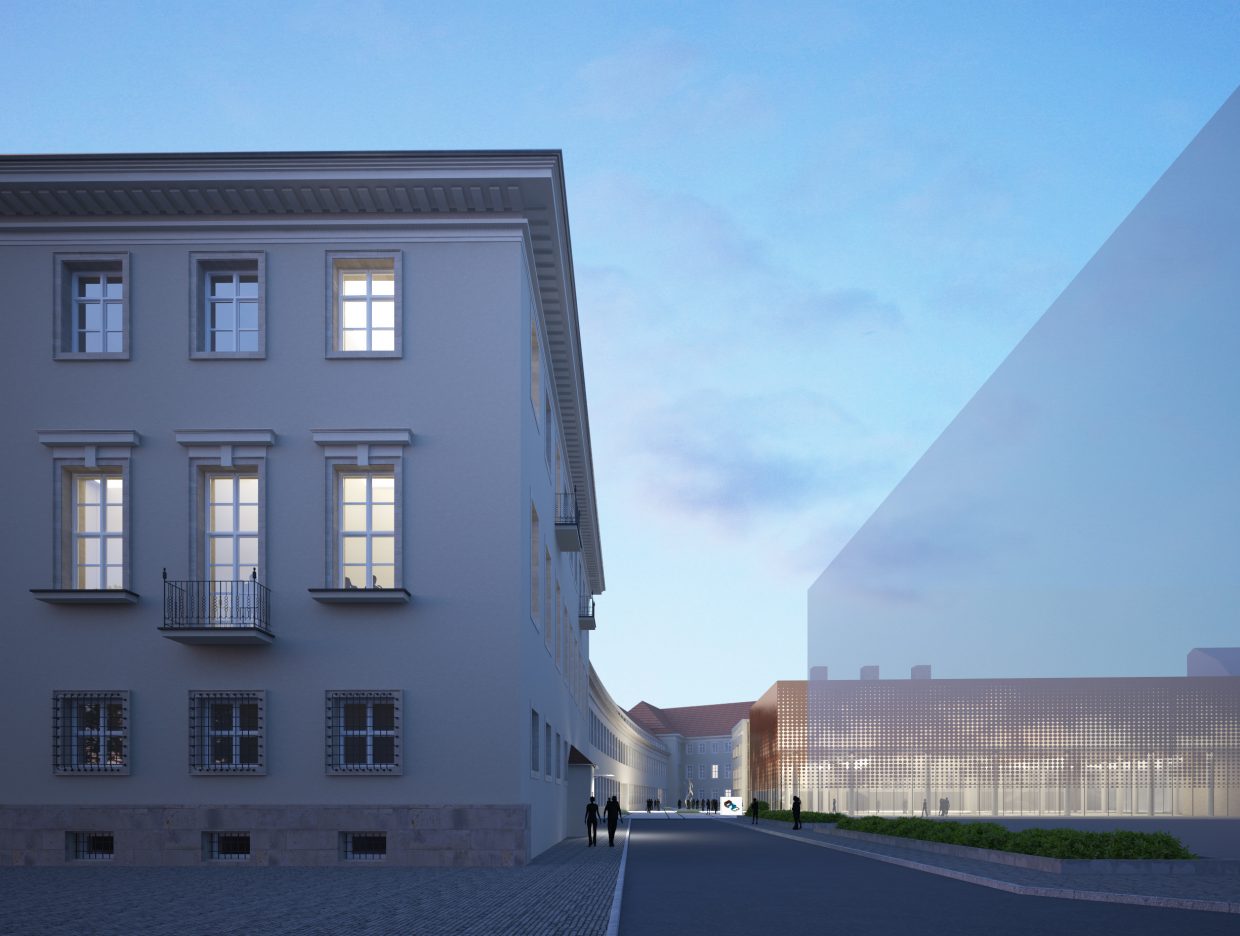
The Designforum brings together the areas of “artistic craftsmanship” and “design” in one place. For some time now, both disciplines have been concerned with comprehensive tasks and are shifting the focus away, from the spatial object itself, towards the ideas and life models behind the form. The social design movement takes on the legacy of Bauhaus and Werkbund by dealing with holistic concepts that include all areas of life. Design thinking, design criticism, ecology and sustainability, globalisation, interculturality and future strategies will increasingly occupy us in the coming years.
Ecosystem of creative design craftsmanship
The aim of the Design Forum is to strengthen designers by making new potential, that design holds for social transformation, visible. At the same time, the Design Forum aims to boost the image of creative craftsmanship and support individual players, small craft businesses and manufactories in all aspects of their development. The political and economic consequences of globalisation threaten to destroy small and medium-sized manufactories. Worries about young talent, competition with industrial competing products or the monopolisation of trade lead to an economic reality in which it is difficult for them to survive. For many it is important to maintain the environmental conditions that support them. Their future depends on their ability to find a good balance between tradition and new paths.
This is also where digital competence comes into play: the younger generation in particular sees technologisation in the skilled trades as an opportunity to make processes more efficient — in order to start new creative processes. Craftsmanship and modern technologies complement each other. The digitalisation of design, manufacturing and distribution methods is bringing production and design closer together again.
At the centre of the forum are artistic craftsmanship and design as creative and at the same time economically significant disciplines. It is planned to locate cultural and creative actors on areas for financially strong anchor tenants and to offer low-cost services for economically weaker tenants at the intersection of the cultural and creative industries. The actors involved include various players such as manufactories, workshops, artisans, design studios, restorers, digital agencies, scientific institutes, manufactory research, associations and retailers.

The six areas of the Design Forum
The planned forum consists of six areas, which extend over the current head building and the old buildings of the Passarelle as well as the embossing hall in the centre. In addition, an extension building is planned on the embossing hall, which will extend the possible uses.
Direktorenhaus
The organisational centre of the Design Forum is the Direktorenhaus, which is already located in the town. As the “Center Management”, it takes over the controlling tasks; in the past, the “Directorate” of the Old Mint was also located here in the head building of the Old Mint.
Agora
The Forum will initially be open to visitors through generous exhibition areas in the middle of the area in the former minting hall. This is a flexible area. Temporary exhibitions, major events, concerts and similar public events can be held here to guide visitors into the area.
Workshops
The manufactory workshops planned in the Passarelle represent actual production sites in which manufactory production can be experienced. The possibilities here range from small studios to large-scale show workshops of well-known manufactories such as the Gipsformerei of the Staatliche Museen zu Berlin. It is conceivable that anchor tenants with economic security could be provided by Germany’s large nationwide manufactories. At the same time, interesting, rare trades could be placed in smaller plots, such as manufacturers of wall tapestries, musical instrument makers, boat builders, gilders, conservators, etc.
Retail spaces
The sales areas — in this case owner-managed and individual smaller retail companies — are grouped on the ground floor around the wide courtyard of the site, which, together with cafés and restaurants, becomes a place to stay in the lively centre of Berlin. In addition to this tourist aspect, the Slow Retail Store concepts also offer a very tangible factor: they offer a sales location for creative handicrafts and manufactured goods that is becoming increasingly rare.
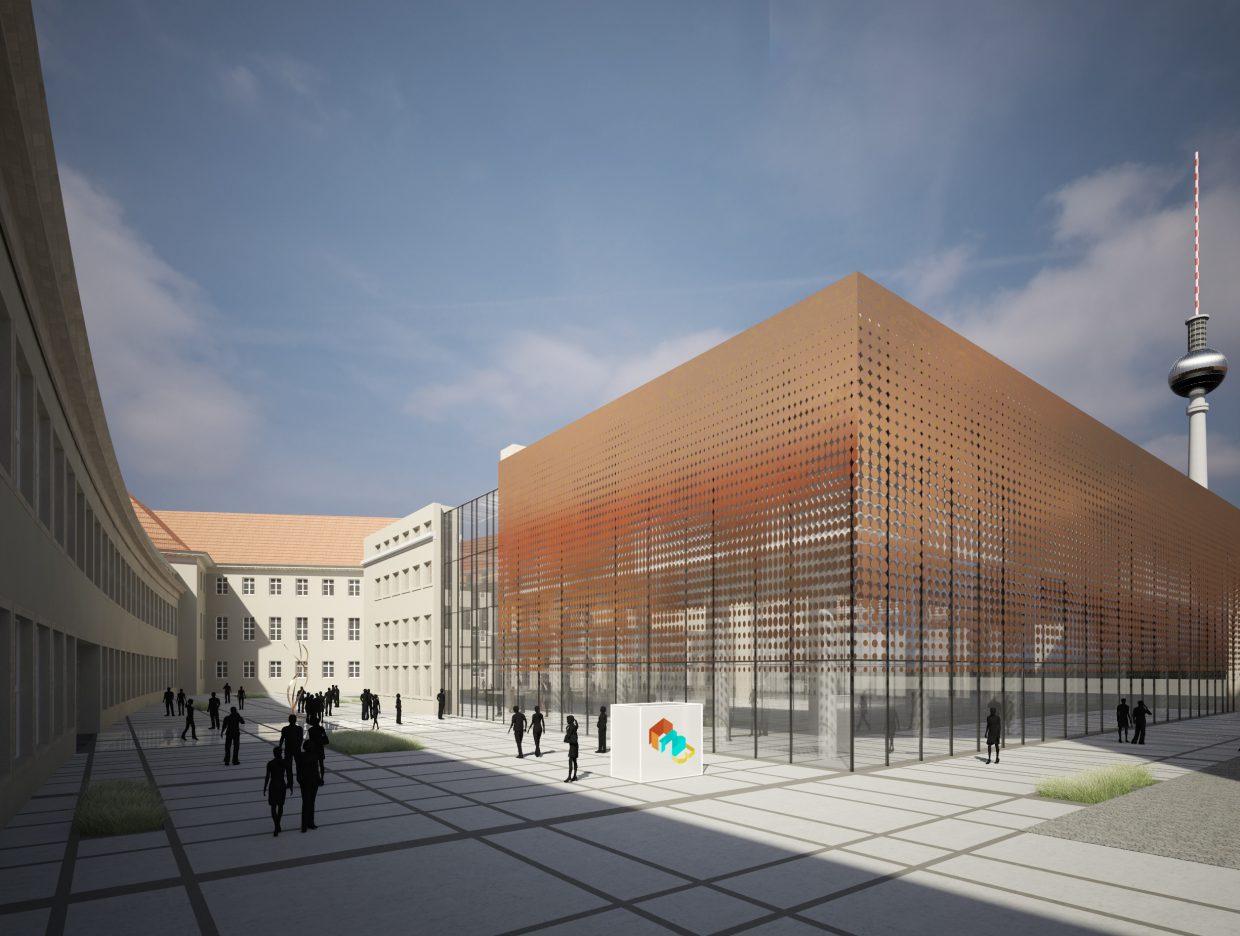
Educational establishments
The establishment of training institutions is a further core element in demonstrating the wealth of attractive and creative professions that creative craftsmanship offers. The Designforum can create a radiance for young people in which craftsmanship can again be experienced as a profession that is characterized by passion. It is the need for quality and substance that leads to the traces of craftsmanship, and many young people are looking for exactly that, but do not associate creative craftsmanship with a forward-looking (also financially attractive) job profile. The Designforum can exemplify the attractiveness of design and the artistic and can specifically target young people as a career option.
Associations
Finally, the associations, foundations and thematically related organisations (e.g. NGOs) form a last important area of settlement. These associations are responsible for networking and structuring groups of actors in specific thematic areas with a more targeted focus.
Extension
The embossing hall is to be extended by an additional building. The existing three-storey building will remain untouched on the outside and will be covered by a visually equally weighted supplementary body. This is a “doubled”, twin-like body that overlaps the existing one and is set off by a circumferentially contoured structural joint. Following the principle of “embossing”, individual components develop out of the body in relief, while other components move in behind the imaginary contour as “punched out”. The result is a moving, multi-layered body along a clear original contour.
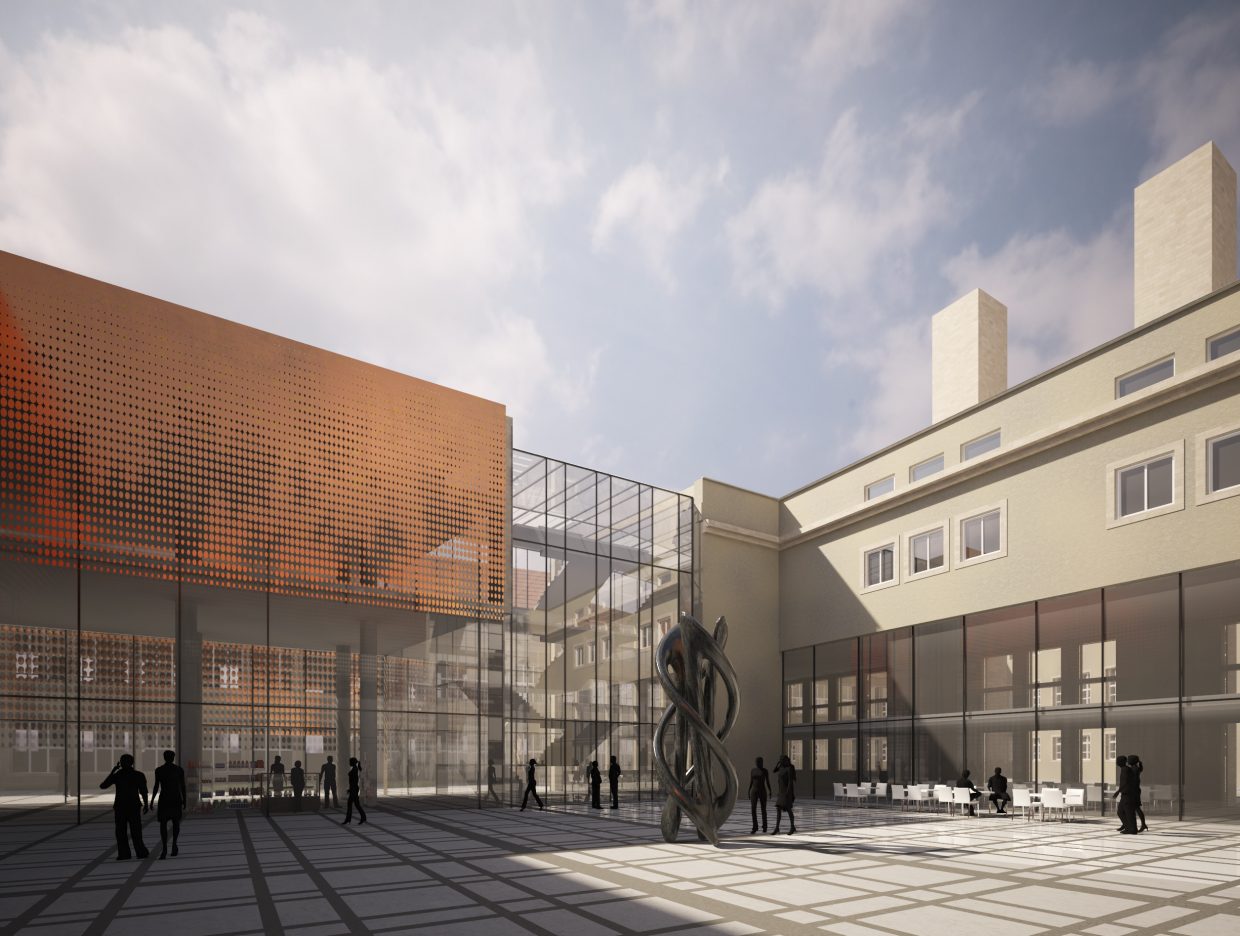
The increase can be experienced from various city points outside the mint area as a “crown-like” vertical closure of the historical area and thus symbolizes the reorientation and vitalization of the content of the area. The planned structural extension also has pragmatic reasons: it serves to create additional space. The actual usable space in the existing building is limited, so if cheap cultural rents at the location are to be secured in the long term, space is needed that can be rented at the usual local rent.
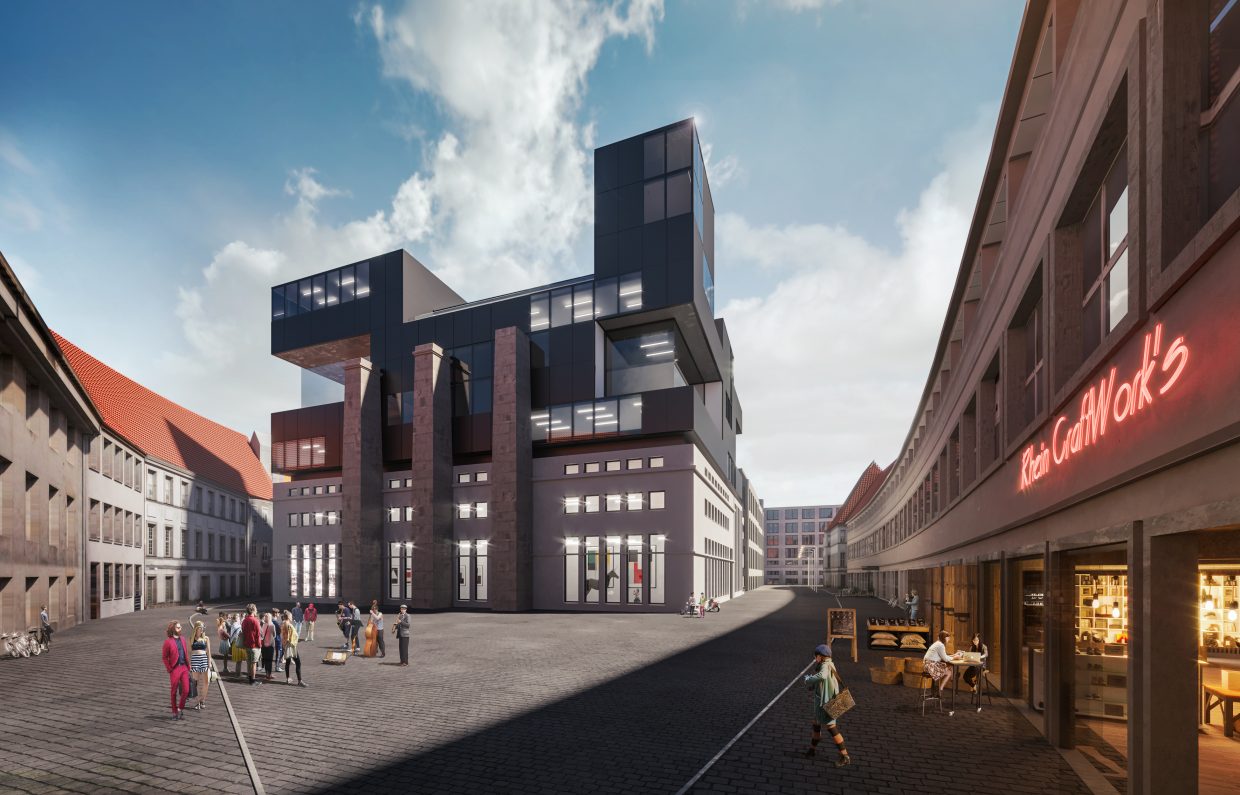
Revitalisation of the city centre
The “Old Mint” is part of the cultural memory of the city. Through its future use as a design forum, the former old town centre will regain its urban quality and tourist appeal. As a path to orientation in Berlin’s cultural landscape, a consistent path will then lead from the Museum Island — ancient and classical — via the old palace/new Humboldt Forum to the present and via the Nikolai and monastery districts to the Design Forum to the place where questions about the future of our society will be dealt with.
